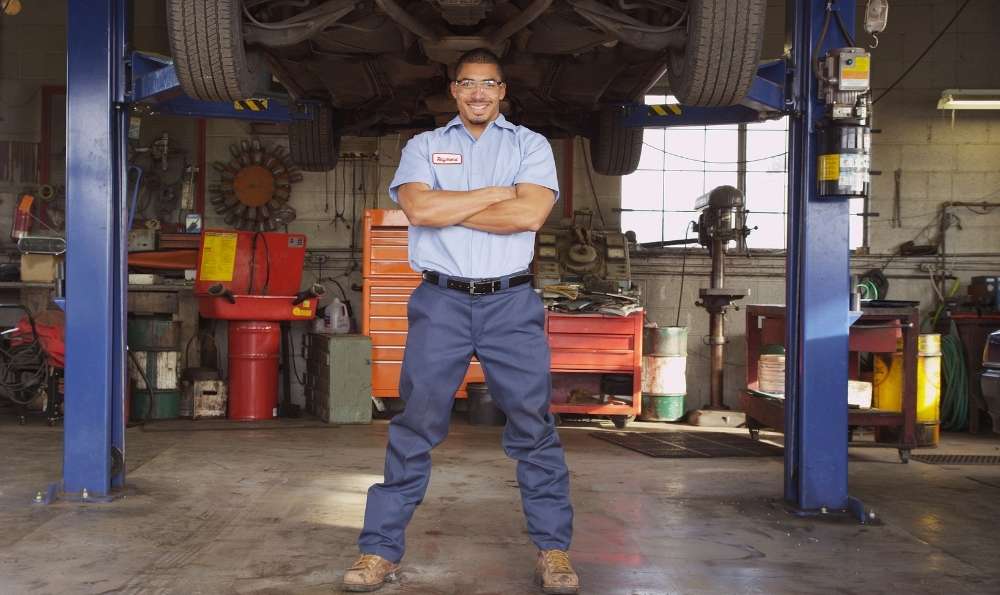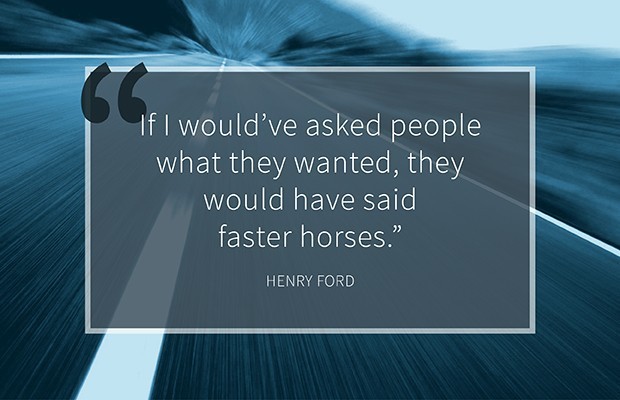Trapeze is here with support and solutions to manage the transition
Agencies across North America are preparing for the low and no emissions future. Buses are being ordered. Technologies piloted. Target dates set. Over the next 10-15 years we’ll experience one of the biggest changes in the history of public transit, and the planning alone required is immense.
Transit executives, planners, and leaders are locking-in their transition strategies, with many opting for fleets of battery-electric buses. Other agencies, like SunLine Transit and Urbana-Champaign, are looking at hydrogen fuel cell solutions as the primary technology. Both solutions achieve the zero emissions goal, but now a third option is gaining interest— protecting an agency’s future by creating a fleet with a mixture of Low-No Emissions vehicles from battery and hydrogen to compressed natural gas (CNG) and hybrid diesel.
Concerned that a single solution could potentially make them vulnerable to system failures—like a massive power failure grounding an entire battery electric transit system—agencies are considering how to mix and match solutions for reliability and environmental goals. Instead of putting all their environmental eggs in one basket, many agencies, including CTA, COTA, and SunLine are creating diverse fleets with low emission CNG, new cleaner-burning diesel technologies, in addition to zero emission electric buses.
Finding the right mix is unique for each agency
Every low emission and zero emission technology has pros and cons. CNG is cleaner burning with no particulates and fewer nitrogen oxide emissions, but it still emits CO2. Battery electric buses don’t produce emissions, per se, but in many regions electrical generation burns fossil fuels which emit C02. Hydrogen fuel cell buses need hydrogen which can be created via electrolysis (requiring electricity) or from natural gas (a fossil fuel).
Each solution has a different range, maintenance requirement, and infrastructure needed to support the fleet. Agencies in colder climates need solutions than can run in the dead of winter when batteries are least efficient. All agencies need to be sure they can support their region during a natural disaster and avoid a single point of failure in the system.
Lots of factors to consider and, right now, no clear best practice to follow. Everyone is in the same place—testing, piloting, and trialing different mixes of solutions. No matter which solution wins out, during and after the transition, agencies will be supporting a diverse fleet of vehicles and technologies, which means complex planning scenarios for scheduling, maintenance, and workforces. Complexity means people aren’t going to be able manage fleets on spreadsheets and sticky notes. Complexity means agencies are going to need software to help manage systems, schedules, and fleets.
Complex fleets need simple technology solutions
People are great at a lot of things but solving complex situations like managing fleets with wildly different service and maintenance regimens isn’t one of them. During the transition period when you might have a few zero emissions buses or hydrogen fuel cell buses, planning isn’t too difficult. If a battery electric bus hasn’t quite finished charging for service, there’s a good chance another bus can take its place. But when you have more battery electric buses than charging stations or need to swap battery electric for hydrogen fuel cell buses because of weather conditions, it’s immediately more complicated.
Each kind of vehicle has its own maintenance requirements and specialized technicians to support them, it will be essential to know who has the right training and certifications to support the fleet. Even planners and schedulers will need training to understand how these vehicles work, and the software will have to manage the complexity for them.
“It’s just another fuel type, just another skill, just
another route profile.” – Kristi Urich, Product Director Workforce Management
We’re well underway supporting the Low-No Emissions transition. Across the board our product teams are meeting with you and industry experts to understand how to grapple with the immense challenge ahead. Here are a few examples from some key products how they are and will support the zero emissions future.
Managing maintenance requirements
Trapeze EAM can manage all revenue and nonrevenue vehicles in your fleet—no matter what source of energy propels them. Working with manufacturers, EAM will have parts catalogues, maintenance schedules, and schematics available so your technicians—many of whom will become more like electricians—will know exactly what to do, when to do it, and how to get it done.
Tracking infrastructure
Zero emissions and CNG fleets need new infrastructure. Trapeze EAM can track charging stations, gaseous refueling, and everything else needed to support these vehicles. Like rolling stock and the rest of your fleet, EAM will be able to manage recharging, refueling, and the rest as just another part of your asset mix. EAM is flexible and adaptable to ease you through the transition and not have to worry if your State of Good Repair (SGR) or Transit Asset Management (TAM) reports are in order.
Planning routes and schedules
Figuring out what vehicles are best for which routes and when is a calculus no one can manage without computer assistance. Trapeze Mobility Planning and Scheduling solutions are already creating support for managing the transition to zero emissions fleets and how to balance vehicles once the transition is complete. Trapeze FX is designed to take the hard parts out of scheduling so you can iterate and model schedules quickly so you can design the best possible system in the least amount of time.
Putting the right people in the right places
Trapeze Workforce Management (WM) will be able to track everything to do with your employees and these new vehicles. From training to certifications to safety; it’s just another fuel type, vehicle, and certification to WM. The transition will be just part of running your agency without needing to learn new systems or solutions.
Trapeze is planning for the low emission – zero emission future now
When we say, “We’re here for the journey” we’re often talking about the experience of transit, but it also means we’re here with you to create better transit systems and solutions for everyone. With our existing experience in CNG and other gaseous fuels, plus relationships with EV bus manufacturers, you will be well supported as we make this change together over the next 20 years.
Learn about the qualifications for the Low/No Emissions grant here
This journey is starting now and we’re ready to get all of us there together.
Teresa is the Group Leader at Trapeze Group Americas where she oversees the growth and development of the company, the four Trapeze business units, and drives innovation for our customers. Her focus is ensuring that our customers’ needs are met and their expectations exceeded. Teresa has a BASc Honours, in Industrial Engineering from the University of Toronto and is a certified Project Manager.
 Bus
Bus Rail
Rail Paratransit
Paratransit


